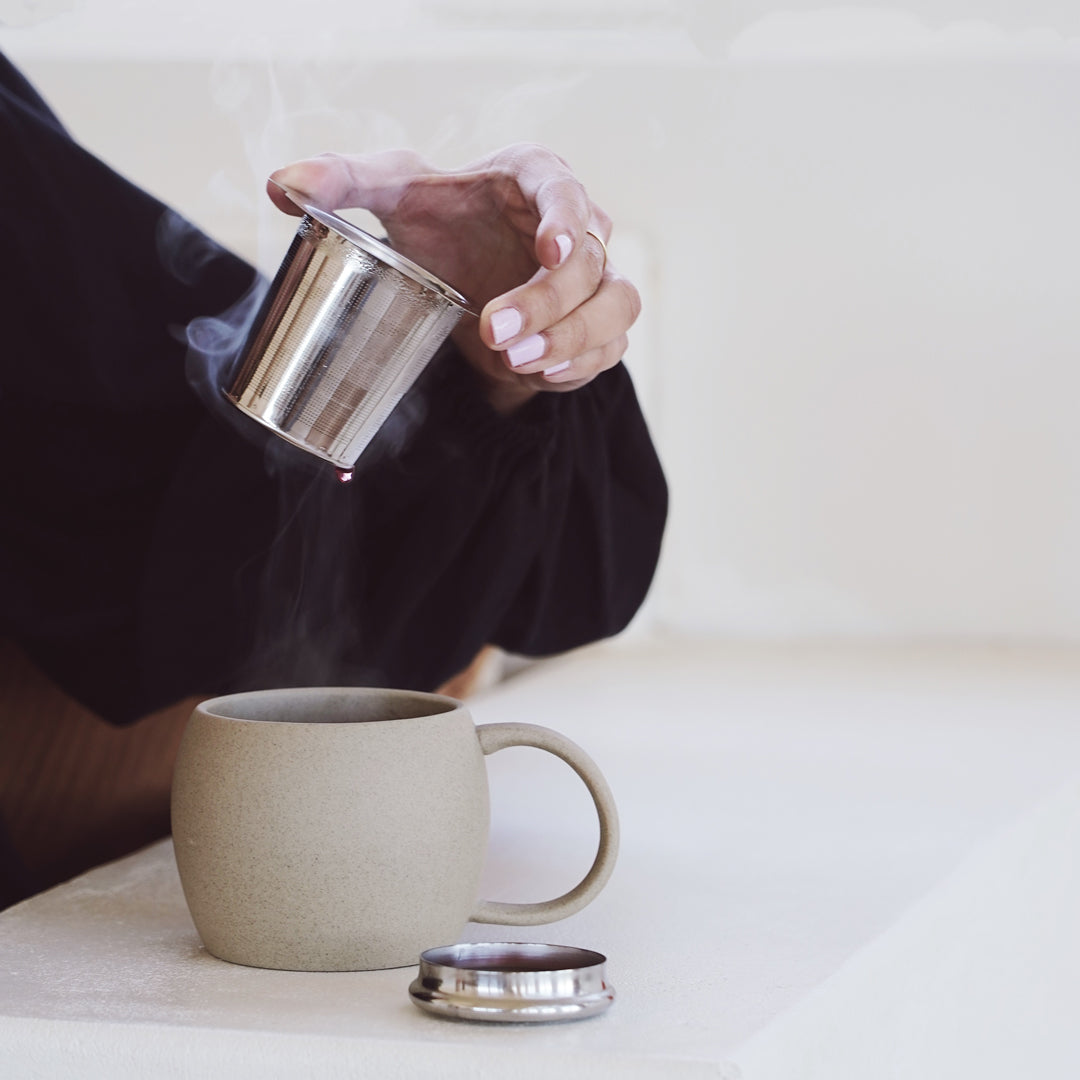How to Create a Healthy Home: Understanding Mould and Its Impact on Your Health
 A healthy home is essential for living a life of wellness, but it can sometimes be challenging to know how to create the right environment. One important factor you may not have considered is mould. Mould occurs naturally in the environment, but if it accumulates inside your home, it can pose health risks.
A healthy home is essential for living a life of wellness, but it can sometimes be challenging to know how to create the right environment. One important factor you may not have considered is mould. Mould occurs naturally in the environment, but if it accumulates inside your home, it can pose health risks.
What Is Mould?
Mould is a type of fungus that grows in moist or wet environments. It reproduces by releasing spores into the air which then float around until they find new suitable places to colonise - often indoors! Mould can grow on any number of surfaces, including carpets, walls, furniture and even food!
Mould comes in various shapes and colours ranging from black mould to yellow/green mould. There are over 100,000 different species of mould; some are beneficial while others are hazardous when inhaled or ingested.
How Can Mould Impact Your Health?
Mould spores can cause allergies and asthma attacks in those who suffer from pre-existing respiratory conditions like hay fever or chronic rhinitis. Exposure to certain toxic moulds has also been linked with more serious illnesses such as bronchitis and pneumonia. Prolonged exposure could even lead to lung infections or skin irritations due to the potential skin irritants included in the spores' structure. Toxic moulds are known carcinogens too; making them potentially dangerous if large colonies form indoors near sources of heat like water tanks or radiators where they could quickly spread throughout the house.
Tips For Creating a Healthy Home Environment:
- Reduce humidity levels - To prevent the growth of mould indoors try lowering the humidity levels inside your house below 60%. You can do this by using dehumidifiers or opening windows when possible to allow air circulation throughout the day so moisture doesn’t accumulate!
- Repair plumbing leaks - Check for any water damage caused by leaking pipes and fix them immediately so no further moisture accumulates inside your walls which could result in extensive mould growth.
- Clean regularly & thoroughly - Make sure all areas within your home are cleaned regularly with an anti-fungal cleaner; specifically target areas prone to dampness such as showers bathrooms basements etc. Wipe surfaces dry after use as mould thrives on moist surfaces. We like to use a mix of water, white vinegar, baking soda and tea tree oil for a more natural alternative.
- Ensure good ventilation - Make sure rooms like kitchens/bathrooms have enough ventilation otherwise excess moisture will be trapped. Install fans or ventilation where necessary so air is able to circulate freely.
If you feel you could have been exposed to mould, we recommend our cleanse blend which purifies the blood and rids the body of toxins.


Leave a comment
This site is protected by hCaptcha and the hCaptcha Privacy Policy and Terms of Service apply.